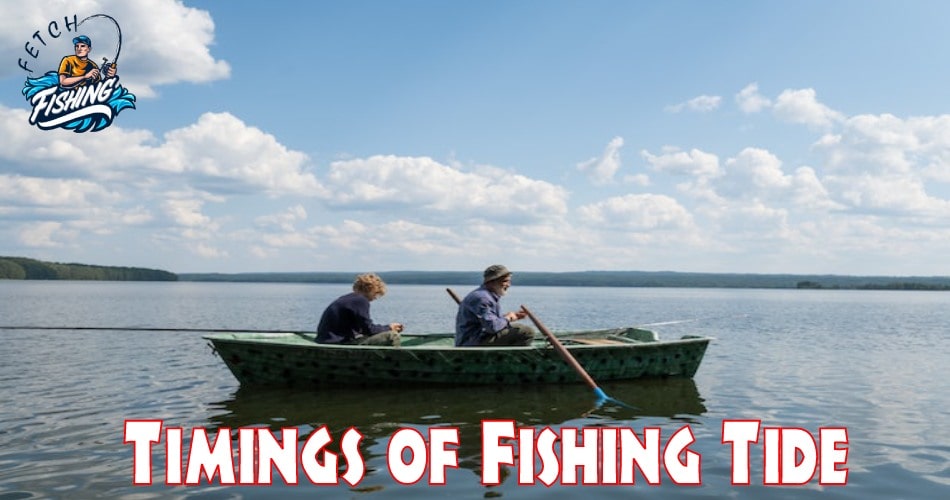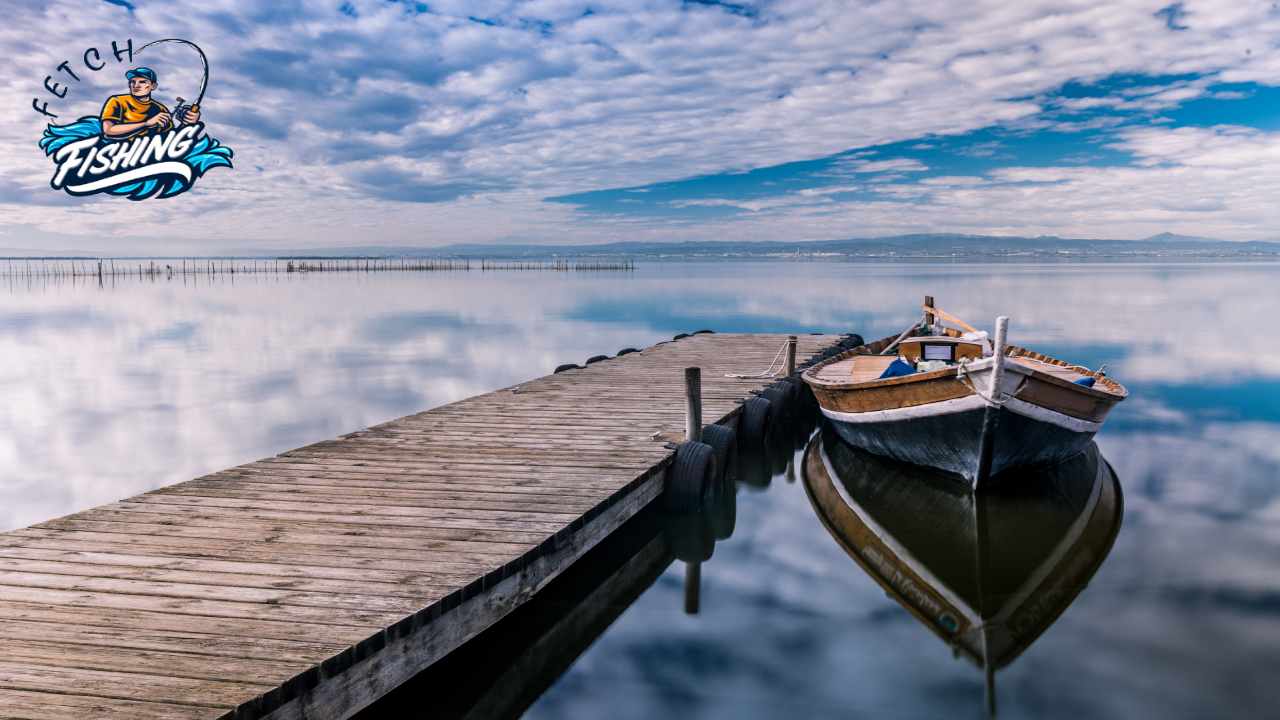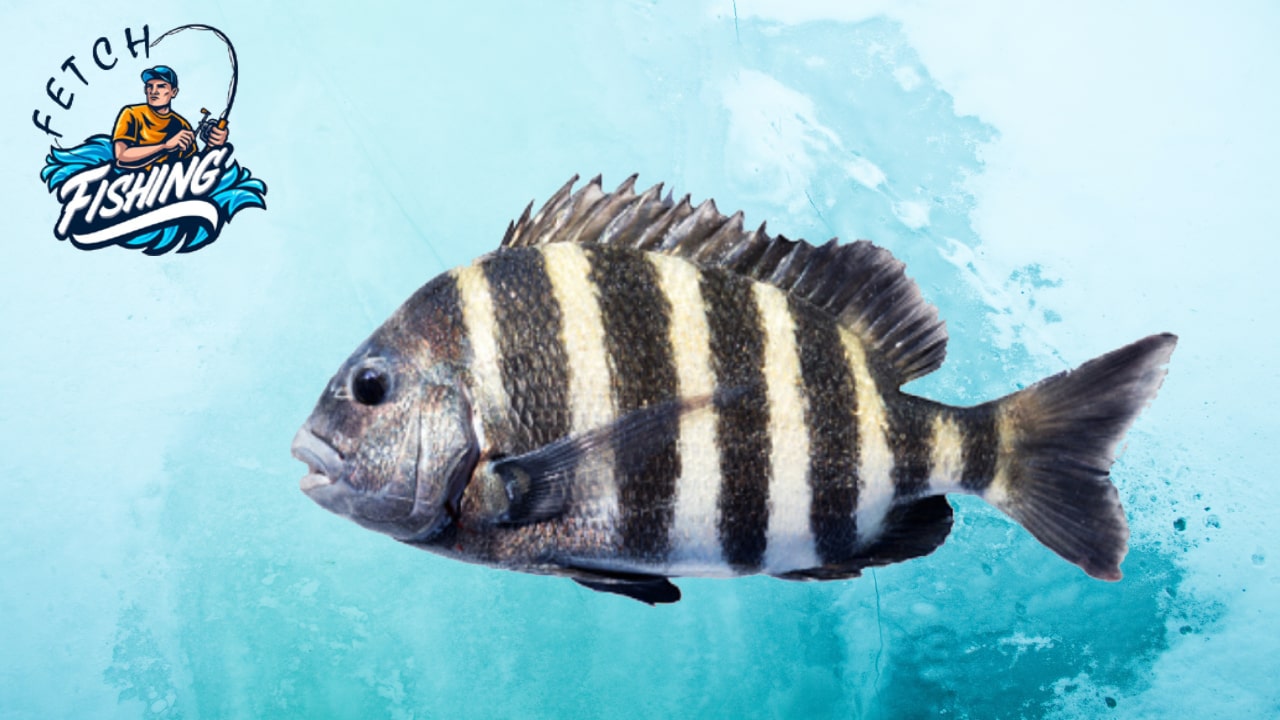
In this article, you will learn to choose how and when the best tide to fish is. To make it clear, one of the best tides for fishing is the moving tide. It’s not difficult to determine the ideal times of day to fish in a saltwater bay or estuary. Find out more about fishing tidal times, including where to look for fish during an approaching or departing tide.
What Do You Mean by the Best Tides for Fishing?
There are high tides and low tides because of the tidal force produced by the moon’s gravitational pull. There are two high tides and two low tides in just over 24 hours because there is a gap of just over 6 hours between them.
The somewhat greater tidal ranges that occur twice a month, on a full or new moon, are what are known as spring and neap tides.
Timings of Fishing Tide

Simply put, a flowing tide is one of the finest & best tides for fishing. It’s not difficult to determine the ideal times of day to fish in a saltwater bay or estuary. You will get off to a good start if you concentrate on the areas where baitfish and crustaceans are carried by the current when the tide comes in or goes out.
Just search online for “tide tables fishing” or purchase a tidal chart that covers your local area from a tackle shop. In case, you are unsure of where to get one. You can increase your chances of success as an angler by understanding fishing tidal times and how saltwater tides can guide you as to where to fish.
Outgoing Tides

The bait will frequently be carried out into creeks and channels by ebbing or lowering tides. You can observe other anglers concentrating on the mouth of the estuary. If you fish an inshore spot while the tide is going out. This is due to the fact that game fish frequently wait near the estuary’s mouth to pounce on any baitfish or crustaceans that are carried away by the outgoing tide.
After consulting a fishing tide chart and realizing that the tide would shortly be going out, where else might be worthwhile to check out? Try the inshore around dock pilings or other structures. With an outgoing tide, predatory game fish are frequently located close to the structure. While bringing fish out of the estuary on the outgoing tide fish can ambush prey, by hiding out in structures like jetties or pilings.
Incoming Tides

Fish typically enter an estuary region as the tide comes in. One of the best tide times for fishing is an incoming tide or rising tide. The water that is present in an estuary during times of low tide or slack water may be cooler, contain more oxygen, and be clearer than the water that enters the area from the ocean. While this confluence of elements frequently inspires fish to feed rather energetically. Also, it’s important to remember that wind and other meteorological factors might influence the ideal & best tides for fishing.
While concentrating on inshore tidal flats, an incoming tide may be the perfect tide to fish. Fish start to patrol these places in search of food as the tide starts to rise and water starts to flow over the salty flats. Fishing in the deeper water beyond the edge of the flat and casting out fish that may be moving onto the flat with the rising tide is an excellent method to try on an incoming tide.
Slack Water
You might want to consider taking a break from fishing during times of slack water. Now that you are aware of the best tide for fishing is a moving tide. The brief intervals of time when the tidal current ceases and is not flowing in or out are referred to as slack water. Even while it’s not impossible, it’s typically considerably harder to catch fish when the water is low. Fish don’t aggressively feed when there is little to no water movement, which significantly reduces bait activity. Slack water is an excellent time to set up your lines, take a break for lunch, or arrange your tackle.
Can one Fish at High Tides and Low Tides?
High Tides

Although the water may be at its deepest during high tide, it is motionless and immobile, making it less than ideal for fishing. Fish will move less and generally be suspended in place. While water is moving, feeding occurs because bait shows itself to fish as it drifts by and triggers bite reflexes.
If you are fishing during a high tide. There are some, albeit little, silver linings you may find, as with any grey clouds. Fish that travel to the tidal areas of the estuary or the beach will be easier to catch for the angler. As the water pours in, some marine creatures will emerge from the sand, and fish will search for them.
Yet, there will be a brief period after the tide hits its highest when there is hardly any current. The fish will typically wait until the tide starts to recede and the current starts to push again before feeding in these circumstances.
Fish don’t typically eat in slack water because small baitfish may readily flee when the water is calm. But find it difficult to do so when the tide is running quickly. Making them an easy meal for larger, more powerful fish.
The best times to fish are often two hours before and two hours after high tide. However, keep in mind that this will change based on the environment, including the local climate and weather.
Low Tide

On some beaches, fishing during low tide can be more successful than fishing at high tide. Even if the same logic applies to both in terms of suspended fish and still water.
Even a very shallow shelving beach may not have much water at high tide. It may have a deep trough where the fish congregate and which may only be reachable by an angler at low tide.
Certain beaches with a lot of shingles won’t support burrowing worms like lugworms. But as the sand removes around the low tide level, these worms become visible. At low tide, specific species, such as flounder and dab, will be present since they eat in only a few inches of water a few yards offshore in search of simple food.
As the sea hits its lowest point, similar to a high tide, there will be a period of slack water. And, most fish will be least motivated to feed. Even if you get lucky and cast right into their faces and get a reflex bite, fishing will still be more productive when there is water movement. It is still true that the best tides for fishing are those during which fish are moving in the water.
Conclusion
Thus it is obvious from experience that moving tides are better for catching fish. This means that fishing is not best during high or low tide. Yet, there are always fish nearby, so even if the tide is high. You should still cast your lines into the sea if that is all you have time for. They only persist for a few hours before the water resumes its movement.
As soon as it happens, fishing should increase as the water begins to move. We all have a certain amount of time to spend doing the things we love, so instead of waiting for ideal conditions. It would take an eternity, to get out there, pick the appropriate bait and tackle. And, catch some fish regardless of the weather.



